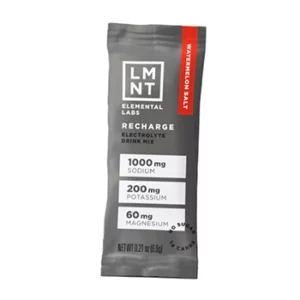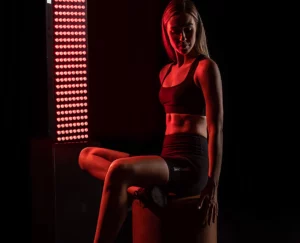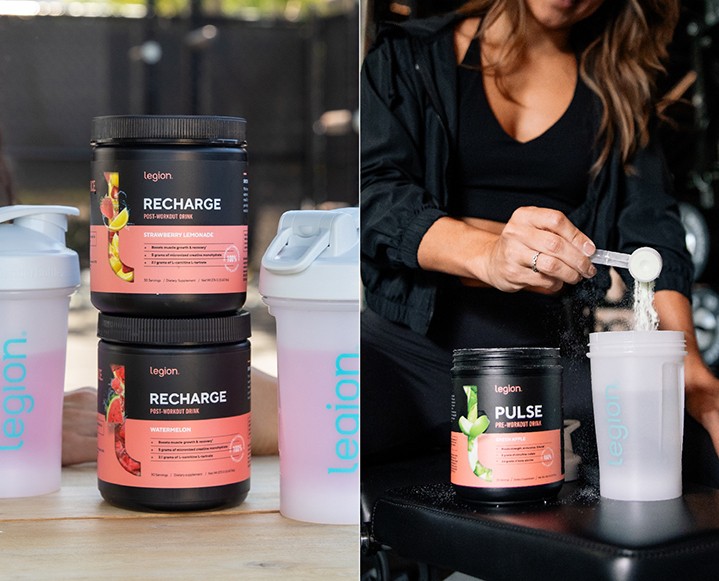The Claim: Want to lean out your legs? Steer clear of the spin room. Indoor cycling, or spinning, makes your thighs bulky.
The Fiction: Just like the age-old saying “No pain, no gain,” we cringe at the fact that this fit myth is still making the rounds. Indoor cycling is still topping the fitness trend charts and doesn’t seem to be going away any time soon. Blame it on the branded boutique studios popping up across the globe or the line of gear making its way into our wardrobe, but indoor cycling is still the It Girl at the fitness table. Main reason? It’s accessible. It’s a form of exercise that anyone can do, since indoor cycling is a low-impact activity that allows you to determine your own intensity level. That’s the pro. The con? We tend to get confused with what exactly “intensity” is – and how it affects our body. Sorry spin-o-phobes, but your claims of bulkiness are about to get debunked.
The Facts: First things first: what exactly is “bulk?” Basically, it’s adding a lot of muscle mass to your bod. Bulking up is something that needs to be trained for – you must have the goal of major muscle growth in mind. To get technical, bulking up requires very heavy strength training that engages what’s called fast twitch muscle fiber. Fast twitch muscle fiber is what allows you to have short bursts of significant force – think Olympic sprinters. Fast twitch fiber can grow in size with enough training, but you’ve got to have that specific goal in mind.
Proper indoor cycling, just like any other form of cardio (we know, we know, even though sometimes pushing that resistance feels more like anaerobic strength training than cardio!), uses your slow twitch muscle fibers, which are designed for long stretches of endurance that can accommodate short bursts of high intensity without completely fatiguing. Slow twitch muscles can’t increases in size like those fast twitch fibers can. If they did, your spin instructor’s legs would be so huge she would barely be able to hobble over to her bike (keep in mind your teacher probably instructs multiple classes a week in addition to fitting in her own workout – if she can spin that many times a week without “bulking,” your 2-4xs/week spin schedg is just fine)
So if your jeans are feeling tight after a spin sesh, does that mean you’re imagining things? Well, not quite. Spinning is not meant to be easy, and especially when your body is not used to it, your muscles can get temporarily inflammed as they try to figure out what the heck is going on and rush blood cells in to aid recovery. This slight inflammation can last for an hour or two, but will in fact go away. In addition – and this is a big one – if you are cycling for long, super-fast stretches (115-120 RPMs or higher, the pace of Kanye West’s “Stronger”), there is no way you are doing anything but taxing your joints and blowing off steam instead of calories. Sweating buckets after your last super-fast cycle sesh? Sweat doesn’t indicate how hard you’re working, as we’ve already discussed here. If you find your clothes fitting significantly tighter after starting up your cycle routine, you might want to take a peek at your post-spin diet and see if you’re overcompensating for the intensity at which you actually were working.
The Verdict: Just like any new activity, your body can take some time getting used to indoor cycling – and your muscles might get a little inflammed right after a good sweat. Be sure to gauge your intensity on how hard you are working, not how fast you are going. It’s not what it looks like that counts, it’s what it feels like. Verdict? The claim that indoor cycling makes your legs bulky is definitely a fit myth that needs to take a hike…or rather, ride.















